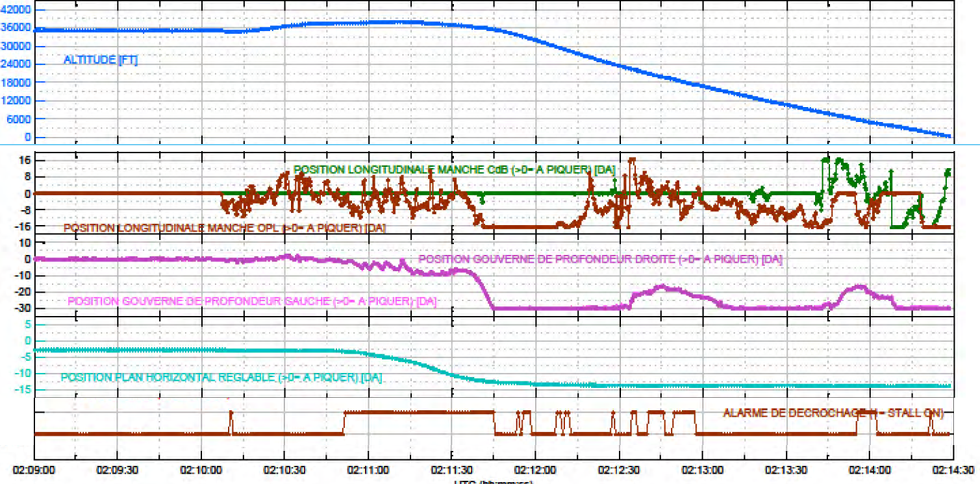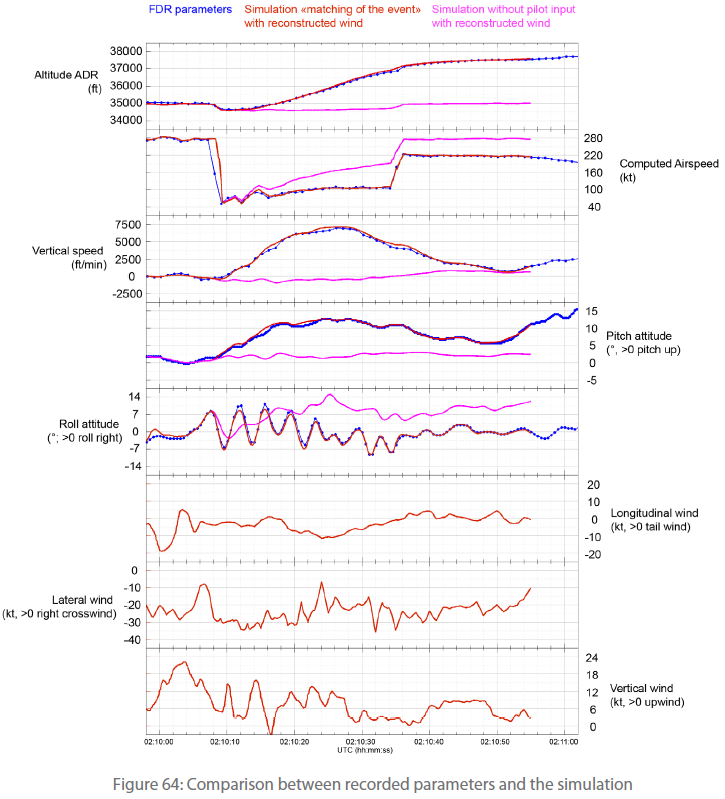Originally Posted by
Machinbird
It appears that there are two types (at least) of control inputs being made on the stick by Airbus pilots.
One group applies pressure on the stick to create the desired aircraft response.
The other group makes short pulsing movements of the stick to make quick successive adjustments to the aircraft's flight path.
Originally Posted by
G0ULI
I suspect that pulsing, twitching the controls,... is symptomatic of the PlayStation generation of pilots. It certainly is a popular technique among computer games players to speed up reaction times and maintain finer control.
Nope. The "pulsing" method of control is the one recommended by Airbus, and it has nothing to do with video games, it's simply that it provides a method for observing the effect of the input and thus moderating the next input (or indeed figuring out whether further input is necessary or not).
I'm pretty sure that the term "mayonnaise stirring" as applied to Bonin's input patterns related not to the "pulses", but to the abnormally large degrees of deflection and the unusual number of reversals.
The nadir of this was his extreme and sustained pitch-up input between 02:11:40 and 02:12:15:

Originally Posted by
G0ULI
I deliberately picked an example of a car which is available to purchase today rather than a self driving car, which I agree would have been a more accurate comparison.
Right, but the point I was making was that traction control and Normal Law roll and pitch rate techniques are not automation.
The point being that automation covers many deficiencies in technique to the point where a less experienced pilot can be unaware of, or forgets to check trim settings
If he hadn't pulled up so aggressively, the trim setting would have been a moot point.
In the interests of fuel economy and cost saving, aircraft are being flown automatically at and beyond the ability of the best human pilots. When that automation fails, seeking to maintain extreme altitude for a given aircraft weight is not a wise course of action.
I wouldn't say that about ability, though it is true that even the most basic gyro-driven wing leveller will be able to react to and damp out turbulence-driven bumps and rolls better than human pilots just because of the inherent lag in human reaction time.
The aircraft was not flying at an extreme altitude at the start of the sequence. Bonin discussed going higher with the Captain prior to the latter taking his rest break, and the latter said it was inadvisable for safety reasons.
It is however contrary to a pilot's instincts to deliberately fly to a lower altitude at night, in bad weather, over the middle of an ocean.
He didn't need to go to a lower (or higher) altitude, just maintain the altitude he had.
I've uploaded a grab of Fig. 64, as I was describing before:

Again, note in particular the brief and significant drop in the right crosswind at 02:10:07, which would go some way to explain the initial overcontrol to the left, and also note the pink plot in the "Roll Attitude" graph, indicating that the turbulence would not have rolled the aircraft over.
@PJ2 - Cheers. Depends what you mean by "complex"! Certainly the final paragraph of the VF article would indicate that the author did not do their research when it comes to the combined Airbus/Boeing overhaul of stall training and Airbus's move to increase manual handling training as part of the A350 programme.

@_Phoenix_ - Again, the "intersection" analogy is muddled. The THS movement happened as a *consequence* of the pilot's input, not in opposition. He never applied enough nose-down input to have a significant effect. The aircraft was complying with the commands given the whole time, not acting against them!